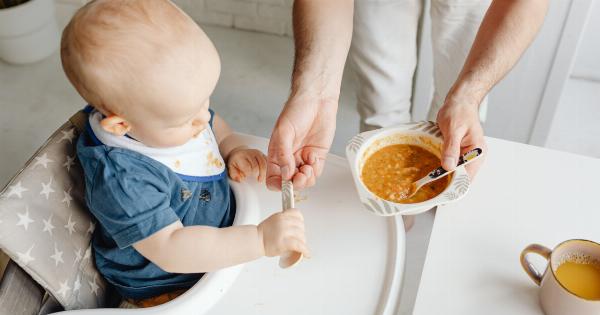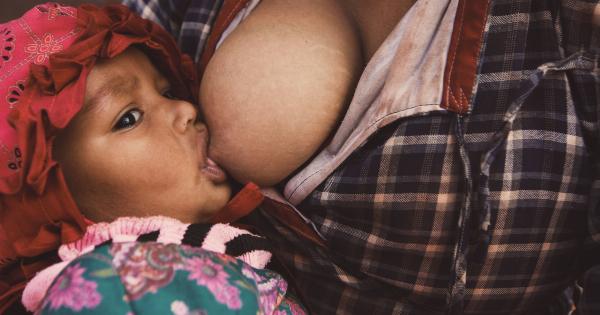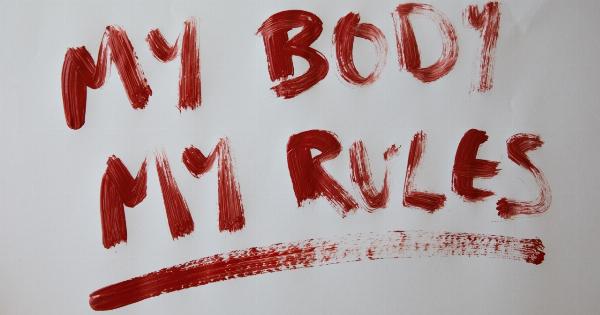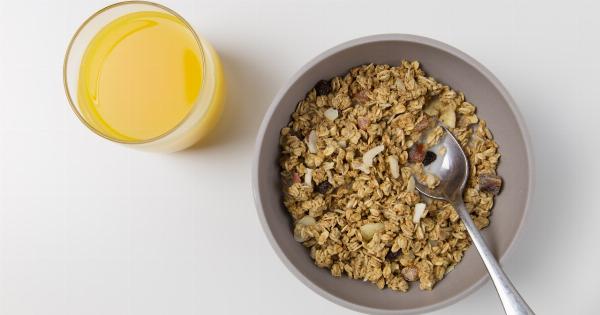As a new parent, it can be overwhelming to know how much milk your baby needs per feeding.
Whether you are breastfeeding or bottle-feeding, understanding your baby’s hunger cues and knowing what is typical for their age and weight can help ensure they are getting the appropriate amount of nutrition to thrive. This article will break down everything you need to know about how much milk your baby should drink per feeding.
Breastfeeding
If you are exclusively breastfeeding, it can be difficult to measure how much milk your baby is taking in. Typically, breastfed babies will nurse for 10-20 minutes per side and will feed every 1-3 hours, depending on their age and weight.
As newborns, babies will require more frequent feedings, including overnight feedings, to support their small stomachs and rapid growth. As your baby grows and their stomach expands, they may begin to take in more milk per feeding and have longer stretches between feedings.
Bottle-Feeding
If you are formula-feeding or supplementing with expressed breastmilk, it is easier to measure how much milk your baby is taking in. A general rule of thumb for formula-fed babies is to offer 2.5 ounces of formula per pound of body weight per day.
For example, a 10-pound baby would need approximately 25 ounces of formula per day, which would be divided into several feedings throughout the day and night. It is important to note that every baby is different and may require slightly more or less than this amount.
Paying attention to your baby’s hunger cues and weight gain can help you determine if you need to adjust how much milk you are offering per feeding.
Hunger Cues
Understanding your baby’s hunger cues can also help you determine how much milk they need per feeding. Some common hunger cues include:.
- Rooting or turning their head towards the breast or bottle
- Sucking on their hands or fingers
- Crying or fussing
- Making smacking or lip-smacking noises
- Showing signs of agitation or restlessness
If you notice any of these cues, it is a good time to offer your baby a feeding.
On the other hand, if your baby is showing signs of fullness, such as turning their head away from the breast or bottle, slowing down their sucking, or falling asleep, they may be finished with that feeding.
Age and Weight
Your baby’s age and weight can also impact how much milk they need per feeding. Newborns typically take in smaller amounts of milk per feeding and require more frequent feedings to keep up with their rapid growth.
As they grow and their stomachs expand, they will usually be able to take in more milk per feeding and go for longer stretches between feedings.
Your baby’s weight can also impact how much milk they need per feeding. In general, larger babies will require more milk per feeding than smaller babies.
Paying attention to your baby’s weight gain and growth curve can help you determine if they are getting the appropriate amount of milk per feeding.
Summary
In summary, how much milk your baby should drink per feeding depends on several factors, including whether you are breastfeeding or bottle-feeding, your baby’s hunger cues, age, and weight.
Paying attention to your baby’s behavior and weight gain can help you determine if they are getting enough milk per feeding. As always, it is important to talk to your healthcare provider if you have any concerns about your baby’s feeding habits or growth.

























